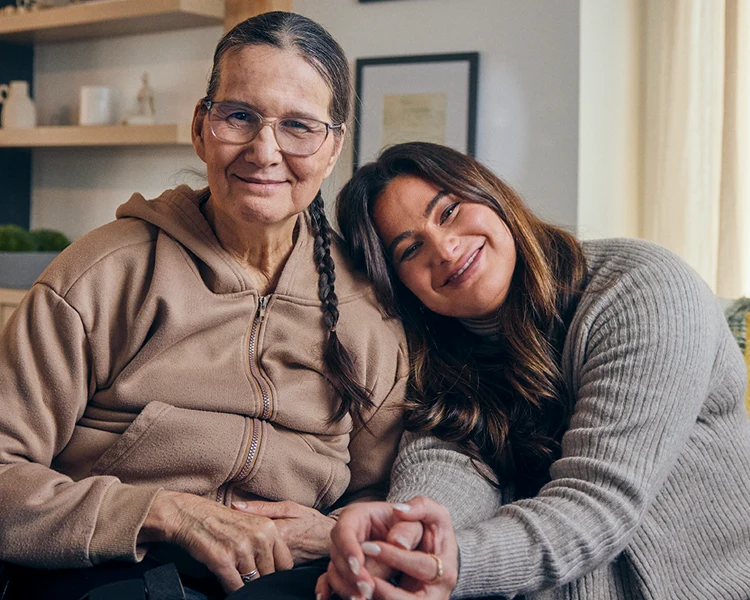Safety and security
At Heart & Stroke, we are committed to protecting your privacy. Any personal or health-related information you provide through this tool will be handled in accordance with applicable Canadian privacy laws and our Privacy Policy.

Get your customized risk report and action plan, built with insights from 150+ trusted health experts.
Get startedThe numbers speak for themselves: many of us have at least one risk factor that increases our likelihood of developing heart disease or stroke. But we aren’t powerless. Early awareness is critical to lowering our risk.
Armed with new understanding, more than 150 leading health experts helped inform this risk screening tool. In just 7 minutes, this new tool will pinpoint your risk factors and deliver a customized action plan.
 ;
;
 ;
;
 ;
;
 ;
;
 ;
;
 ;
;
 ;
;
 ;
;
At Heart & Stroke, we are committed to protecting your privacy. Any personal or health-related information you provide through this tool will be handled in accordance with applicable Canadian privacy laws and our Privacy Policy.
Browse our FAQs for answers about the risk screening tool.